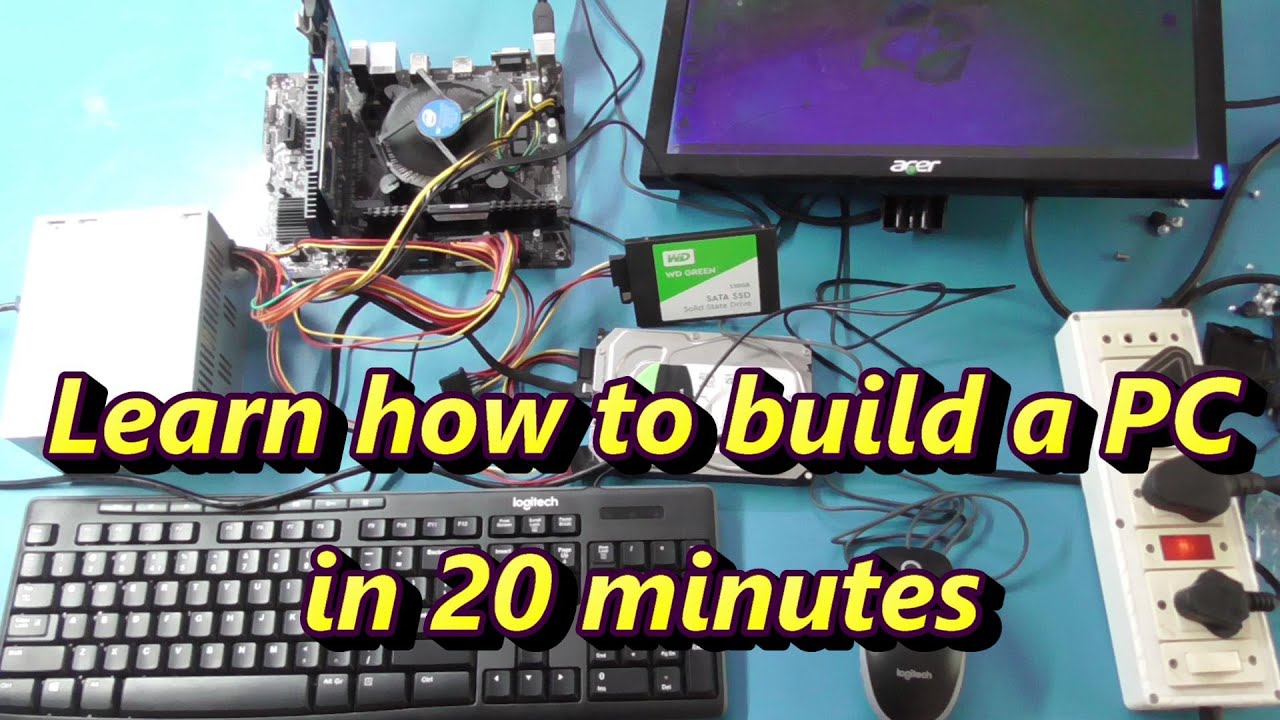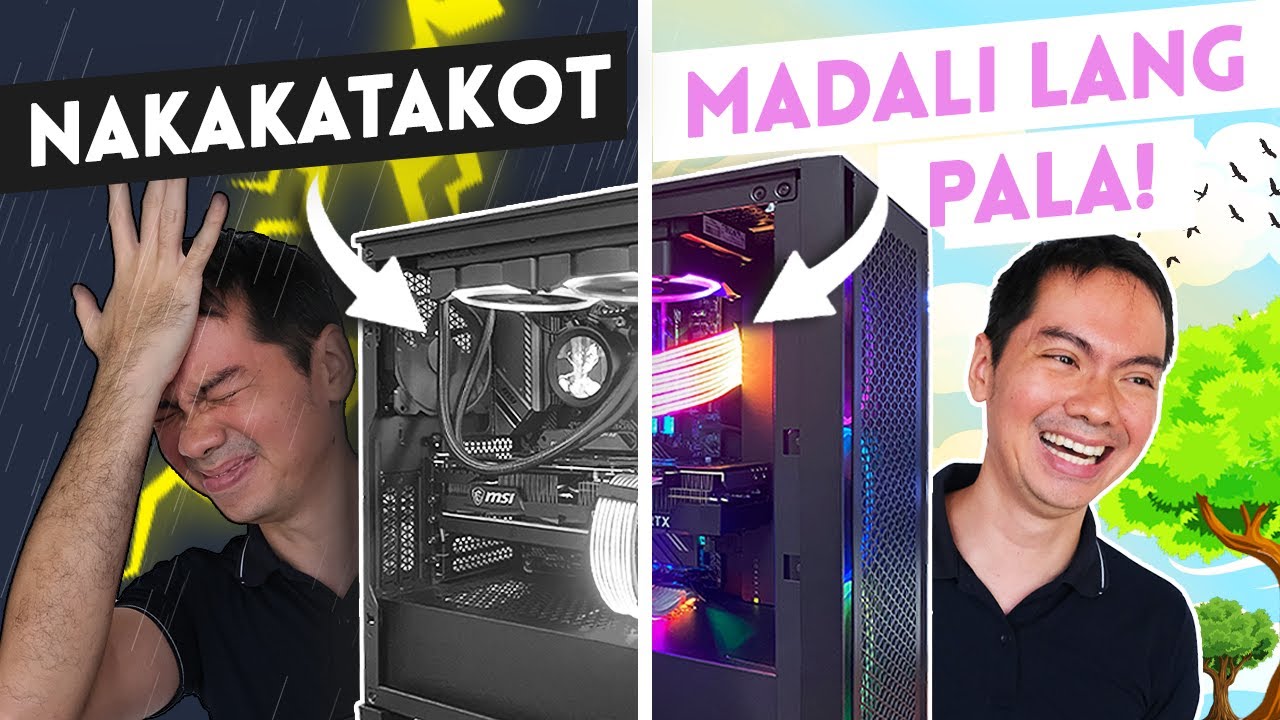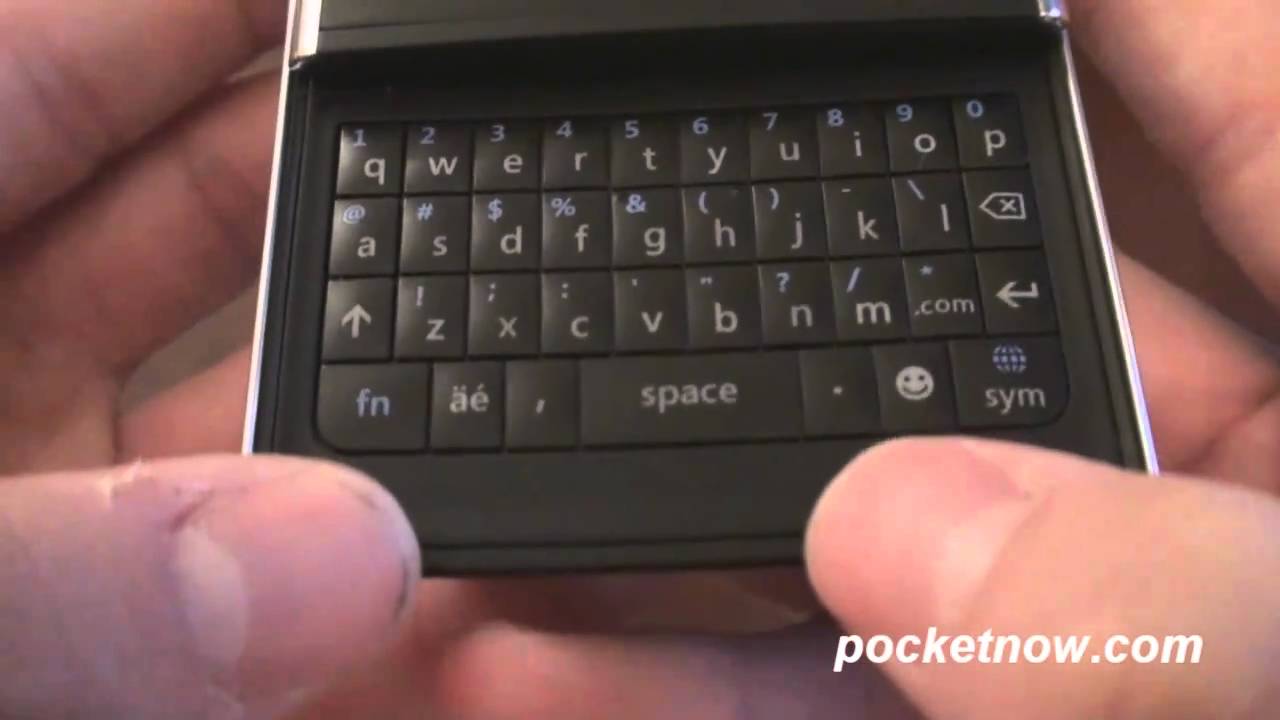Moving into the warmer and more picturesque spring season, the weather isn't the only thing hotting up. The CPU market towards the end of 2022 and the beginning of 2023 has been topsy-turvy, to say the least, with many viable options available for users to build a new system. Depending on the task at hand, Intel and AMD have strong line-ups with multiple generations of its processors, with both the latest 13th Gen core series (Raptor Lake) and the Ryzen 7000 series (Zen 4/Rapael) leading the charge at the top of the performance charts.
Since our previous guide, both Intel and AMD have launched two top-tier processors with exceptional gaming performance to the market, the Intel Core i9-13900KS and, more recently, AMD's gaming-centric Ryzen 9 7950X3D with its 3D V-Cache packaging technology. The latter is directly targeted at gamers, with an edge in titles that can utilize large pools of L3 cache. Intel undoubtedly brings its Raptor Lake architecture to the forefront with its first-ever 6 GHz processor, the Core i9-13900KS, which caters to gamers and the enthusiast market too, with binned silicon designed to offer ultimate levels of compute performance from a desktop platform.
One potential choice for users looking to buy a new CPU is that Intel and AMD's previous generations (12th Gen Core series and Ryzen 5000) offer more value than ever before. Some of its biggest performers from their previous generations can be paired up with cheaper DDR4 memory, which is at its lowest price in a long time. This, coupled with price drops with Intel and AMD focusing on pushing its latest technologies and architectures, means users can grab a bargain with prices dropping (and fluctuating) all of the time. Notable chips include AMD's original 3D V-Cache laden chip, the Ryzen 7 5800X3D, which has 8 cores with 16 threads, with 96 MB of L3 cache available for specific games/titles that are optimized for it.


